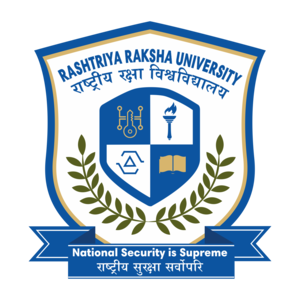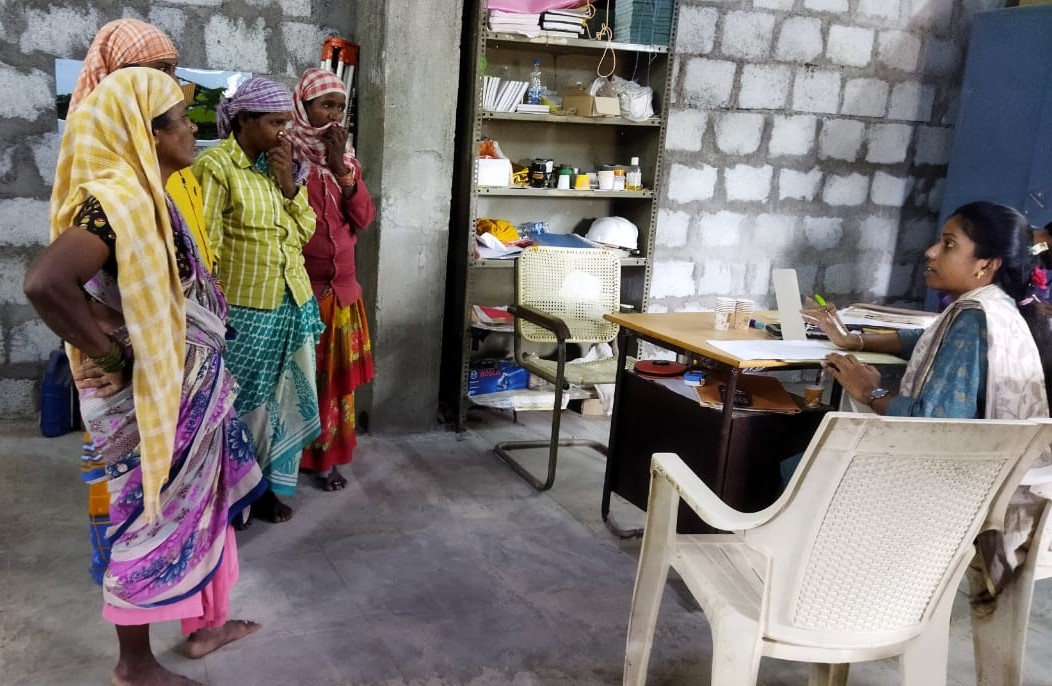Judicial Proceedings Through Video Conferencing Not Inclusive of Person With Disabilities
- Ruchika Surana
- July 14, 2020
Content :
In the words of one of the judges, the “technology is here to stay”. We could be at the threshold of a sea change in adjudication of proceedings. Even after the scare of the pandemic is over and situation turns around favorable, we could be looking at Indian courts that employ video technology as a matter of routine rather than as an exception. The video conferencing rules that which are framed by Supreme Court and High Courts are likely to last beyond the pandemic, and should be framed in such a manner that considers the far-reaching effects of technological intervention on due process.
We can be cautiously optimistic about the use of this technology for judicial proceedings. We could be looking at a new level of discipline in legal system that is otherwise forgiving of lapses and delays. Given the new medium for proceedings, few question arises, especially one that offers the possibility of recording hearings, would lawyers now be required to meticulously prepare cases, edit their arguments heavily, write crisp notes of arguments, and be mindful of what is said in court?
This new and uncertain future brings great promise for diversity in the profession. Lawyers with family commitments, such as caring for a child or an unwell family member, may get an equal opportunity to continue practice. We may finally be able to imagine gender diversity in bench as well as bar.
There are various pearls in video conferencing but the current India does not have substantial amount of literacy in such technology. However these litigants cannot be the reference point for the policies that will be framed by courts across the country. A report of the Internet and Mobile Association of India from 2019 reveals that only 36% of Indians have any access to the Internet to begin with.
Further, we do not have data to assess what fraction of current litigants will be able to effortlessly switch to video conferencing. It is very likely that this class of litigants is rather small. For the handicapped people it brings too many problems.
The risk of denying access to justice is all too obvious. In a country where people struggle to access even the Public Distribution System, it would be delusional to base a model of adjudication on high-speed internet .
Perhaps video conferencing centers could be set up in each locality where litigants and lawyers can have their cases heard on a pre-decided schedule. Courts could also permit litigants and lawyers having uninterrupted internet access to attend hearings from their offices or a location of their choice.
This system would work well for certain classes of litigants such as those involved in high-value property litigation, intellectual property suits, arbitration, and company matters, who would generally have no trouble accessing high-speed Internet.












